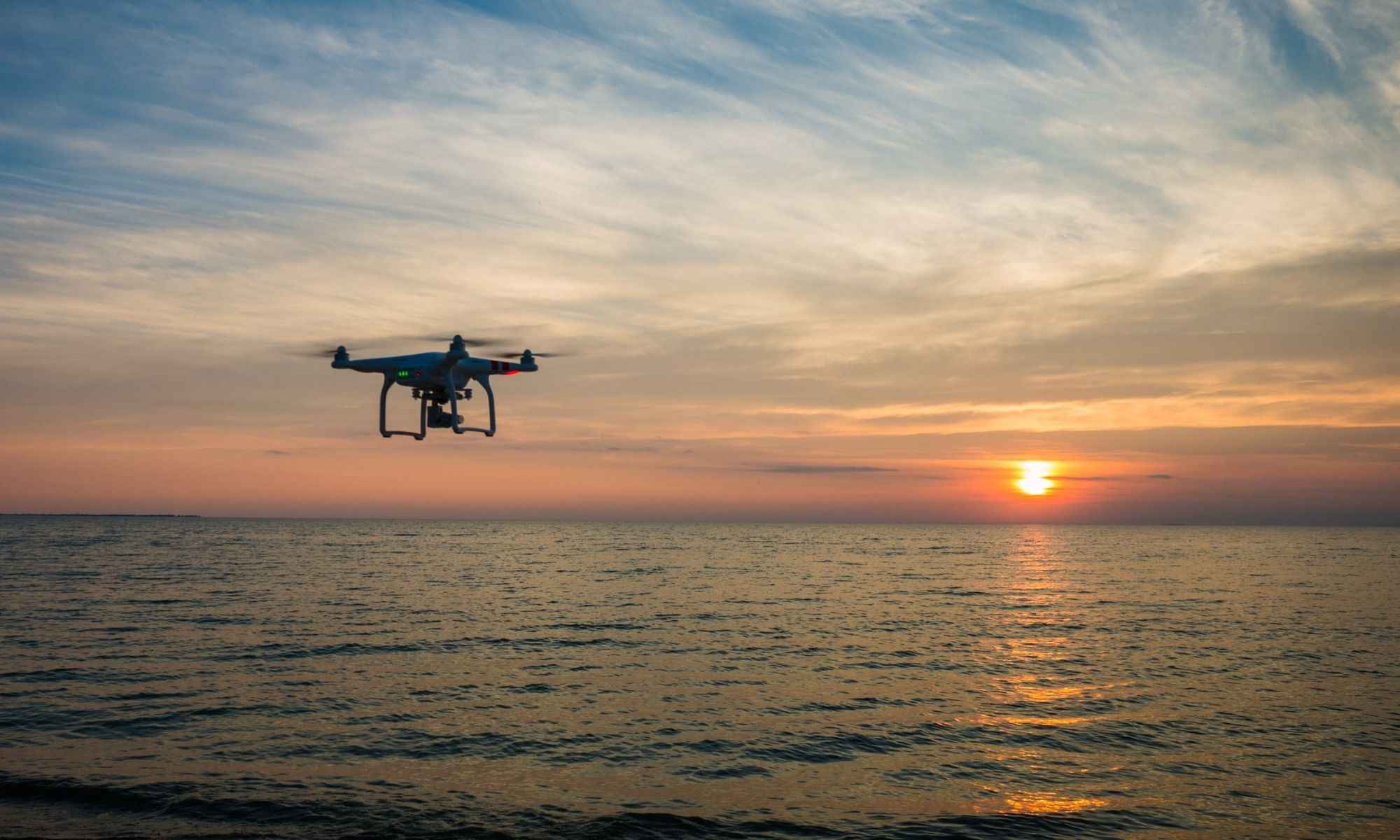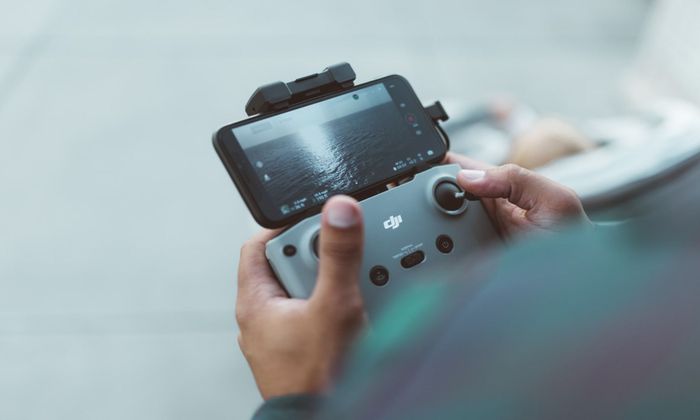The Lowdown on Drone Fishing: Should You Try It?
Drone fishing is something anglers are venturing into. Should you try it? Here are important things to know.

The application of new technology to fishing is not new. Many advances have been made towards making fishing an easier and more comfortable endeavor, especially for beginners who may be intimidated by the activity. And one of the more controversial ones to appear in recent years is drone fishing.
What is drone fishing, exactly? It is exactly as it sounds — the use of a remote-controlled area device when fishing. So why are some anglers up in arms about this new way of fishing?

How can you use drones when fishing?
Drones can be used in a variety of ways when fishing. Some use it like a more detailed and advanced sonar or fishfinder — to scan an area and get to know it before fishing, as well as to look for underwater structure which attracts fish, currents, and schools of baitfish that may have predators on their tail.
Some use it to expand the reach of their cast, whether they’re surfcasting or on a boat. Others even use a payload release mechanism to drop the line in the exact spot where fish are sure to bite. Others, though, still take it one step further and use the drone not just to cast but pull in fish.
The latest addition is underwater drone fishing, which has become more common with the advent of submersible drones. This is, however, not as ideal as most drones still create a lot of noise and therefore can spook some fish. Technology moves fast, though, so we’re not sure if we’ll be seeing a noiseless submersible drone in the near future. In fact, there are so many other ways drone technology can advance that this list of uses cannot be called definitive by any means.
Advantages and disadvantages
As with most advanced technologies, there are advantages and disadvantages to the use of drones when fishing or dealing with aquatic environments. One great advantage to drone technology is how it has helped many marine scientists discover more about aquatic ecosystems. Captains of charter boats have also found it incredibly useful in learning more about their area and catch of expertise, which has, in turn, helped them become better guides for their patrons.
One disadvantage to the technology, though, is that because it is fairly new, not all states are up to speed with creating regulations to make sure that it is being used in an ethical way. That’s because, with its ease of use, some anglers may take advantage of it, thereby leading to overexploitation and overfishing. If states cannot develop regulations fast enough to keep up with the way drone technology is advancing, this can certainly happen.

Another relative disadvantage, especially for purists, is that the use of drones when fishing can take the joy and challenge of sportfishing. But for some advocates of drone fishing, this doesn’t have to be the case.
What to look for in your drone fishing equipment
If you’re reading this, then you must be a little bit curious about drone fishing and may even want to try it. Drone fishing is not exactly the cheapest addition to your arsenal, and going the cheap way may actually be counterintuitive. So what do you want to look for in your drone fishing equipment? First, you want to invest in a really good camera. Otherwise, you should just stick with your sonar or fishfinder. Your drone should also have a solid and long battery life because you will be using it for scouting and studying the area you’re fishing. The payload of the drone should also be decent, especially if you’re using it to cast your line. And finally, you should get a drone with an optimal range, so you can maximize its use scouting over water.
Best drone fishing practices

While drone technology allows the angler to use it in a variety of ways, the best way to take advantage of it, without taking away from the joys of sport fishing, is to use it to study fish behavior and how an area can influence the way you fish. Many experienced anglers learned these by going slow, but some new anglers may not have this patience, so having a drone by their side can shorten the learning curve.
Experienced anglers can also benefit from the use of drones, especially if they’re new to an area and have a limited amount of time to scout. It’s especially useful when you’re sailing or offshore. Do note, though, that some fish species that are easily spooked may actually not be bothered by the noise of the drone as they are with the shadow cast by the drone, so know where the sun is in relation to your drone so you don’t end up spooking your target.
That said, casting with a drone is great for stealth fishing, especially if you are on a boat and have a particular target species in mind. It allows you to scout a few feet away, instead of trolling around the area for hours and scaring away your catch. But don’t just fly your drone out in the open sea with no particular target feature in mind. Fly your drone over the shallower areas to pinpoint exactly where the baitfish are, or go to the deeper areas and find the specific part where the underwater structure changes because those are the parts that game fish like sailfish are usually attracted to.
Some anglers also use drones to find where the birds are flying but be careful flying too close to some bird species as some of them can get violent with drones.
Drone fishing rules and regulations
Finally, as with anything fishing-related, it’s best to follow regulations. Be sure to register your drone and have the equipment itself marked. Fly your drone at or below 400 feet, and always keep it at your visual line of sight. This means you can’t fly your drone at night unless you have proper lighting. And lastly, some states have their own specific rules and regulations for the use of drones when fishing, so familiarize yourself with those, too. It’s important to note that drone fishing is still fishing, so along with drone use regulations, you should follow laws regarding catch and release, bag limits, and other regulations in the area where you’re fishing.
Overall, it does feel like drone fishing is here to stay whether or not you get on board with it. And if you do decide to get on board, the key thing to keep in mind is to use it in a way that’s ethical and as a tool to help you learn more about the water and the surroundings and the fish you’re targeting, so that you can use this knowledge base whether you’re fishing with a drone or not.




